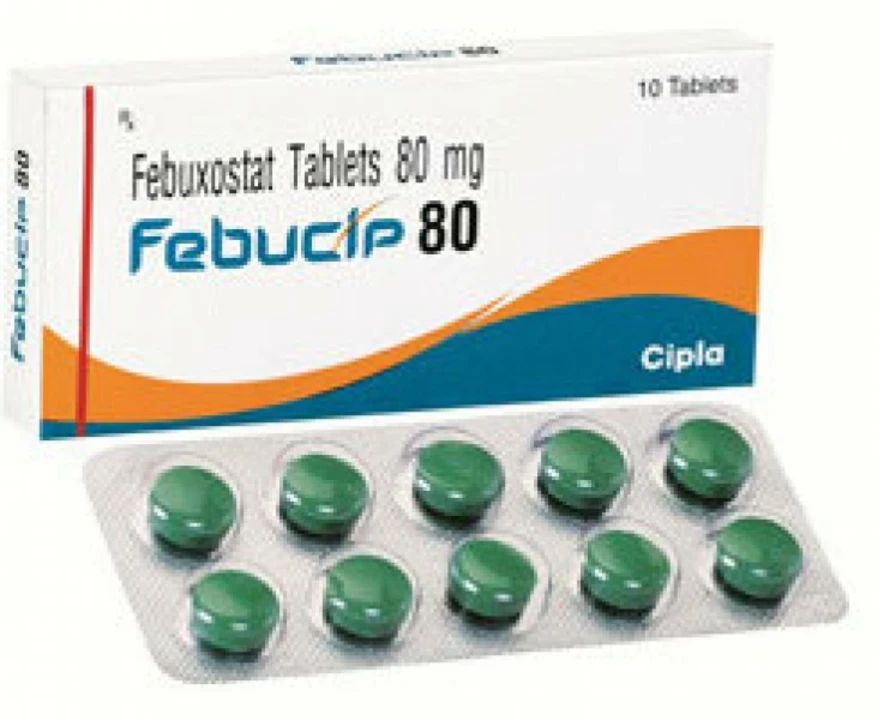Gout hurts and fast relief matters, but long-term control is what stops repeats. This page walks you through which medicines treat attacks, which lower uric acid, and the common safety checks your doctor will want.
When a joint flares up, doctors aim to cut inflammation and pain quickly. Common choices are NSAIDs (like naproxen or indomethacin), colchicine, or short courses of oral steroids. Each works differently: NSAIDs reduce general inflammation, colchicine interferes with the inflammatory response specific to urate crystals, and steroids calm inflammation when other options aren’t suitable.
Colchicine works well at low doses but can cause diarrhea and is risky with certain drugs (strong CYP3A4 or P‑glycoprotein inhibitors such as clarithromycin, certain antivirals, or some heart meds) or with poor kidney function. If you have kidney disease, heart disease, or take multiple medicines, check with your prescriber before using colchicine or high‑dose NSAIDs.
If a gout attack is severe, involves many joints, or comes with fever, you may need urgent care—hospital treatment or injectable medicines to control pain and inflammation.
Urate‑lowering therapy (ULT) is the long game. The goal is to drop serum urate below a target (commonly <6 mg/dL) and keep it there. Allopurinol is the most used option; doctors usually start low and slowly increase the dose until the target is reached. Before starting, they may check kidney function and, for people of certain ancestry (e.g., some Asian groups), test for HLA‑B*5801 because of a rare but serious skin reaction risk.
Febuxostat is an alternative when allopurinol isn’t tolerated, but it has shown higher cardiovascular risk in some studies, so discuss heart disease history with your doctor. Probenecid increases uric acid excretion but needs good kidney function and can interact with other drugs. Pegloticase is an infusion used for severe, refractory gout; it’s effective but reserved for specialized cases because of infusion reactions and cost.
One tricky point: starting ULT can trigger flares at first. Doctors commonly give short-term prophylaxis (low-dose colchicine or an NSAID) for several months when beginning ULT to reduce those early flares.
Monitoring matters: expect periodic serum urate checks, kidney tests, and possibly liver tests depending on the drug. Stop and seek care if you develop a rash, fever, or yellowing skin after starting a new gout drug—those can signal serious reactions.
Small lifestyle steps help: lose excess weight, limit beer and spirits, avoid big servings of high‑purine foods (like some organ meats and shellfish), and stay hydrated. Those steps don’t replace medicine but cut flare risk.
Want help picking the right option? Talk with your doctor about your heart and kidney health, other meds you take, and how often you flare. With the right drug plan and follow‑up, most people control gout well and get back to normal life.

In a recent article, I came across the potential connection between Febuxostat, a common gout medication, and mental health issues. It's quite surprising to think that a drug designed to treat gout might have an impact on our mood. Some studies have suggested a link between Febuxostat and an increased risk of depression, anxiety, and even suicidal thoughts. As a result, it's crucial for patients and healthcare professionals to be aware of these possible side effects and monitor any changes in mental health while on this medication. It's essential to discuss any concerns with your doctor and explore alternative treatments if necessary.
View more